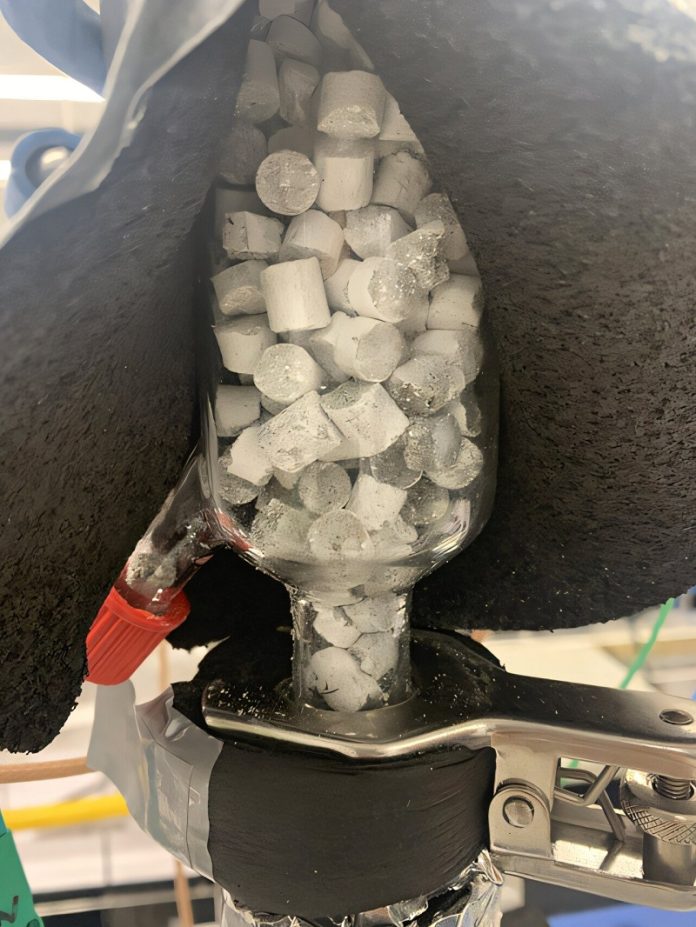
Heating homes efficiently and sustainably is a big challenge, especially in colder climates.
Researchers at the National Renewable Energy Laboratory (NREL) have been working on a promising solution using thermochemical materials (TCMs).
These materials store energy and can release it later to heat indoor spaces, making them especially useful in humid regions.
The research, funded by the U.S. Department of Energy, explores how TCMs can be integrated into HVAC systems.
A key advantage of TCMs is their ability to provide “load flexibility.” This means they can reduce the need for electricity during peak hours or shift energy use to times when power is cheaper or greener.
TCMs, like salt hydrates, release heat when they absorb water (hydration). They can be “recharged” by removing water using heat, a process called dehydration.
This cycle allows the TCM to store energy and release it when needed. To make this work, the system uses water vapor, which can come from either the surrounding air (an open system) or from a sealed chamber (a closed system).
Open systems are simpler to design but face a challenge in winter when cold air has very little moisture.
Using indoor air to provide water vapor could lower a building’s humidity to uncomfortable levels. To solve this, the researchers designed a system that avoids drying out indoor air.
Jason Woods, a senior researcher at NREL, and his team tested a system that heats the air leaving the building (exhaust air) and uses it to warm incoming fresh air through a heat exchanger. This setup keeps indoor humidity levels stable while providing efficient heating.
The researchers used computer models and experiments to test how well the system works in different climates, including Atlanta, New York, Minneapolis, and Seattle. Unsurprisingly, humid cities like Seattle showed better results because the air has more moisture to drive the TCM reaction.
In colder, drier cities like Minneapolis, the system was less effective due to the lack of water vapor.
The team also explored how the system would perform in different buildings, from single-family homes to hotels, office buildings, and hospital rooms.
Larger buildings benefit from lower costs per kilowatt-hour of energy storage, making the technology more affordable as building size increases. The researchers estimated a levelized cost of storage (LCOS) of less than 10 cents per kilowatt-hour, showing potential for widespread use.
While the system isn’t ready to replace traditional furnaces or heat pumps, it could work alongside them to reduce energy use. More work is needed to refine the technology, including improving manufacturing, installation, and packaging to make it cost-effective. The researchers are also exploring closed-cycle systems, which don’t rely on humidity but present their own challenges.
This research shows that TCMs could play a big role in future heating systems, reducing costs and emissions while offering flexibility.
If successful, these systems could heat homes and buildings efficiently, even in colder months. For now, the team is focused on perfecting the design and overcoming challenges to bring this exciting technology to market.
Source: KSR.



